



johndoe@gmail.com
Are you sure you want to reset the form?
Your mail has been sent successfully
Are you sure you want to remove the alert?
Your session is about to expire! You will be logged out in
Do you wish to stay logged in?
Please note that you will need to be logged in to view the content featured below
T&T Clark Encyclopedia of Second Temple Judaism is an essential companion offering an in-depth exploration of the Second Temple Period over 600 articles. It is now available for the first time as fully indexed and cross-searchable within our Theology and Religion Online platform to enable scholars to expand their knowledge of both the context and the literature of the period.
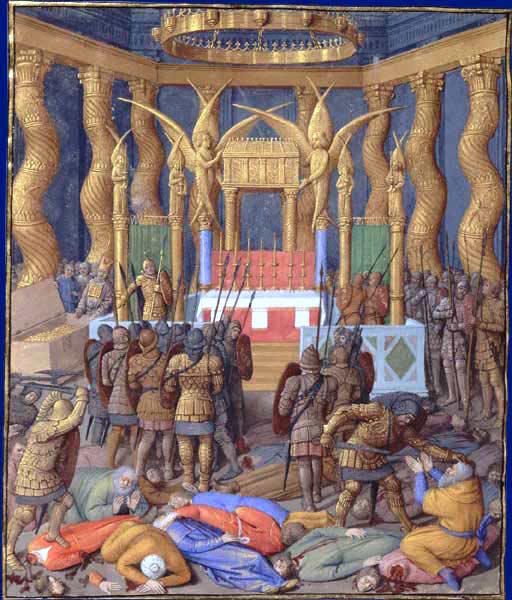
The Second Temple era of Judaism marks the development of the Jewish religion from the construction of the Second Temple around 516 BCE and ended with the Roman siege of Jerusalem in 70 CE. This period involved widespread change as the influence of Hellenism created political turmoil and religious disagreements. As it was rebuilt and expanded, the Second Temple in Jerusalem became a key part of Jewish faith and worship, inspiring pilgrimage and religious sanctuary for the evolving community.
![Josephus (Engraving from The Works of Flavius Josephus [1854], trans. William Whiston) This image shows Josephus (Engraving from The Works of Flavius Josephus [1854], trans. William Whiston)](https://res.cloudinary.com/bloomsbury-publishing-public/image/upload/v1706180682/tarost/640px-Josephus_eng.jpg)
Josephus, a Roman-Jewish historian and military leader, has provided scholars key insights and detail into the Second Temple era of Judaism through his works; The Jewish War and Antiquities of the Jews. Starting as a general of Jewish forces in Galilee against the Romans, he was captured and enslaved but later granted Roman citizenship following work as a translator for the emperor Vespasian. While his writing places his own interpretation on events, informed by his defection to the Roman side, it has been crucial in providing historical context for the Bible and the Dead Sea Scrolls.
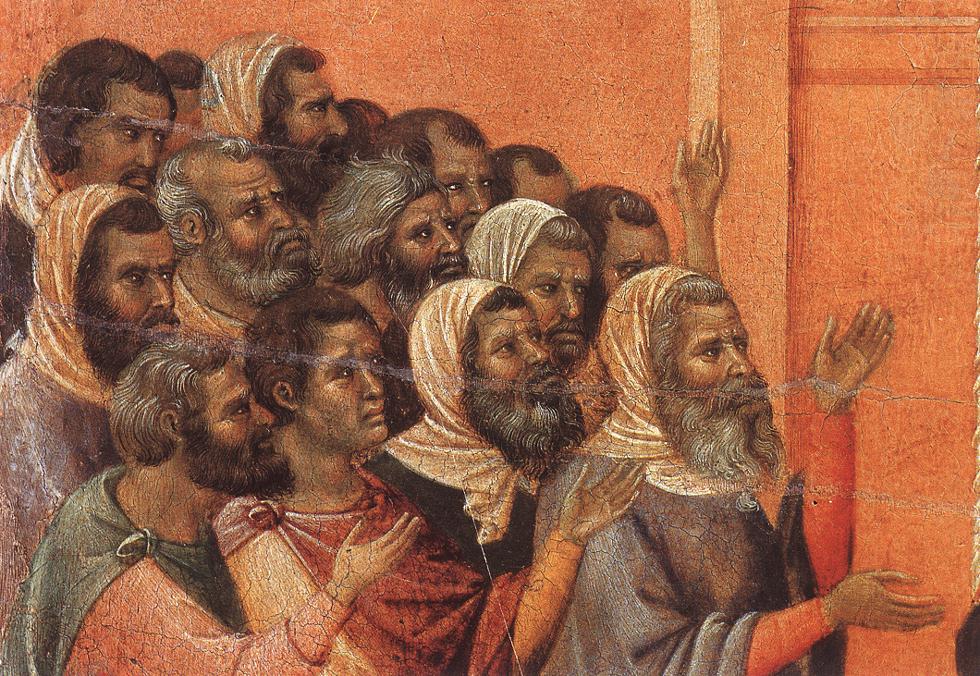
The Pharisees were a prominent Jewish group during the Second Temple period, mentioned 99 times within the New Testament and 44 times within the writings of Josephus. However, it is challenging to get a clear understanding of their movement due to the external perspective of these existing sources. The Pharisees’ non-written traditions were developed through custom or routine and motivated by a resistance to Hellenization. Typically Pharisees focused on the law as a stabilising tenet of Jewish society and an important part of the nation’s relationship with God.
Discover free chapters on Catholic thought and thinkers spanning two millennia, from the Early Church Fathers to John Henry Newman and modern-day thinking on heresy and philosophy.
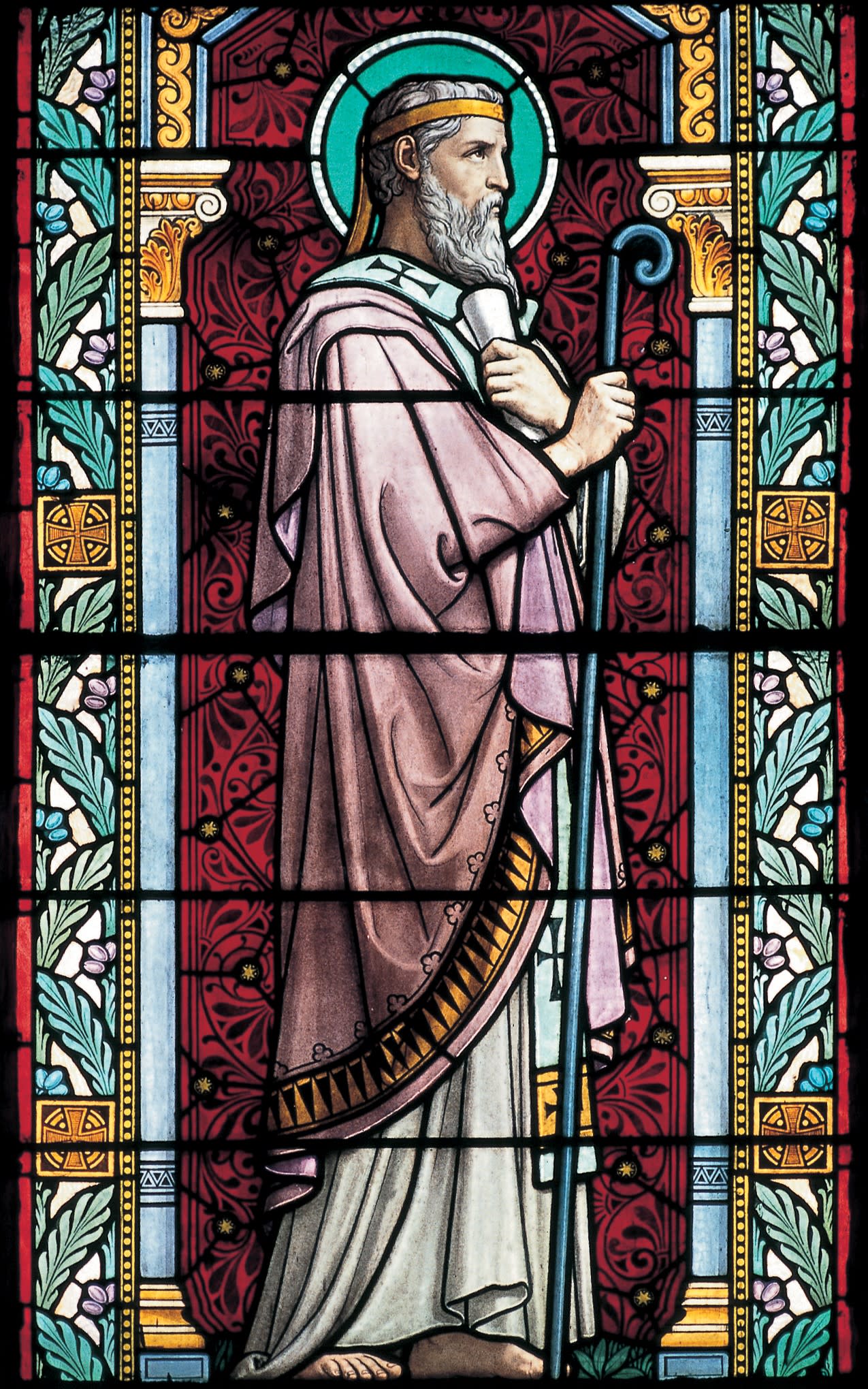
A ten-volume compilation of lesser-known religious works from the early centuries of the Christian church, The Ante-Nicene Fathers: The Writings of the Fathers Down to A.D. 325 is newly digitized and fully cross-searchable for the very first time, only in the Library of Catholic Thought. Ranging in scope from the works of the Apostolic Fathers to various third and fourth century sources, including the liturgies and ancient Syriac documents, these volumes serve as a fascinating historic exploration of some of the earliest works in Christian literary history. Explore all ten volumes here.
Find out more by reading Irenaeus Against Heresies: Book I from the first volume of The Ante-Nicene Fathers.

John Henry Newman may be considered the most outstandingly original and creative English religious thinker of the nineteenth century. Though unsuccessful in most of his undertakings in the Catholic Church during his lifetime, his genius has increasingly come to be recognised after his death, and his influence is difficult to exaggerate. Avery Dulles’ account of Newman’s life and ideas is truly balanced and shows him to be as much a prophet for our times as he was for his own.
Find out more by reading this chapter from John Henry Newman on Faith and Reason.

M. L. Cozens’ reference work A Handbook of Heresies examines all the major forms of heresy in the history of Catholicism. From Ebionism and Gnosticism in the early centuries of the Christian epoch to Modernism at the beginning of the twentieth century, this work explores the idea of heresy lucidly, dispassionately, and with great detail. Lesser heresies are treated briefly in an appendix, making the book as a whole remarkably comprehensive for its size, and a uniquely useful manual that is digitally available exclusively in the Library of Catholic Thought.
Find out more by reading this chapter on Gnosticism as heresy.

Authoritative and accessible, this book is a concise and comprehensive introduction to the philosophy of religion, exploring the ways in which philosophers have used the tools of philosophy to examine the validity of religious ideas and values. Distinguished authors in the field explain how philosophers of the past and present have approached key concepts of religious faith, examining in particular the place of such faith in a post-Enlightenment, postmodern, scientific age in which different faith traditions coexist and make claims to the ownership of external truths. As a result, this book is an essential reader and reference for scholars, teachers, and students of religion, as well as for anyone who seeks to answer key questions challenging the life of faith today.
Find out more by reading Julius Lipner’s chapter ‘Philosophy and World Religions’ here.
“BRINA is a game changer for classroom instruction and discussion.”
Lloyd Barba, Amherst College, USA
“Teaching a course on religious traditions in the North American context, and need to provide your students with an outstanding and vibrant resource? BRINA is a good way to go.”
Anthony Pinn, Rice University, USA
How can BRINA help instructors in the classroom?
BRINA has been designed with student and instructor needs in mind. It offers a rich variety of peer-reviewed articles that can be used in the classroom or as assigned reading.
We asked some of our BRINA contributors for their thoughts and experiences, which you can read below, along with sample articles.
“Every academic at some point struggles to find appropriate introductory level readings for students to apprehend the core issues in particular fields and topics. I have found that the articles on BRINA strike the right balance, with articles that can be assigned as early as week one and as late as the final week of the term. Not only are the articles informative, they also jumpstart class discussion. BRINA’s case studies and hot topics provide brief readings that are sure to engender fruitful class discussion and challenge students to consider topics from new angles. The accompanying lesson plans further assist instructors on how to make best use of the available materials.”
Lloyd Barba, Assistant Professor of Religion, Amherst College, USA [BRINA advisory editor and section editor for Latin American Religion in North America]
Some useful article examples:

“Providing students with a comprehensive and layered sense of religion in North America is difficult, particularly if the goal is to keep the cost of class materials as low as possible. Typically, to gain rich and detailed materials that cut across traditions and cover key and 'hot button' issues, would require a good number of books and articles. BRINA is a fix for undergraduate courses. It offers a full range of topics, cutting across traditions — and all peer-reviewed and written by experts. I particularly like the case studies that bring key questions and concerns into full view. It’s not a flat and fixed virtual text book, but rather it is an evolving knowledge base.”
Anthony Pinn, Professor of Religion, Rice University, USA and Visiting Scholar, Harvard University Divinity School, USA [BRINA advisory editor]
Some useful article examples:

“BRINA is an accessible resource for undergraduate courses, as topics not only cover traditions, such as a 'basics' section that introduces students to key aspects of different religions, but the resource is also organized around thematic concerns, such as nature, secularism, race, and colonialism, with a focus on North America, as broadly conceived. All the contributions are penned by leading experts in the field. This is a welcome addition to course syllabi and library collections.”
Shobhana Xavier, Assistant Professor of Religion, Queen’s University, Canada [BRINA advisory editor]
Some useful article examples:

Jacob Milgrom, a rabbi and Bible scholar, has devoted the bulk of his career to examining the laws of the Torah. He provides incisive commentary on Leviticus and gives an authoritative and comprehensive explanation of ethical values concealed in Israel’s rituals. Although at first glance Leviticus seems far removed from the modern-day world, Milgrom’s thoughtful and provocative comments and notes reveal its enduring relevance for contemporary society.
In this richly detailed volume, the author traverses the shoals of legal thought and liturgical practice in ancient Israel. He clearly explains the role of the Tabernacle of the Wilderness as the all-important center of Israelite worship, the locus of the priestly orders, sacrificial rituals, and practices of purity to which the congregation repaired for penitence and reconciliation, restoration, and renewal. At the heart of the dwelling place of God was the real presence of the God of Israel, present through his splendor in the midst of the camp and the congregation—a permanent sign of the unique privilege and responsibility of Israel, perceived as a worshipping and serving people.
Click here to read the introduction to this volume, and here to read an excerpt from the Biblical commentary.
Bloomsbury Religion in North America represents a commitment to issues of diversity that have contemporary relevance for society. Religion, race and ethnicity, the environment, gender and sexuality, religious pluralism, and religion and politics are examined to lead us to new explorations of religious scholarship.
African American religion is constitutive of North American religion. A dense and complex formation that emerges out of the broad cultural, political, economic, and theological cross currents of the modern Atlantic world, African American religion represents the comingling of the peoples and cultures of Africa, the Americas, and Europe.
Read the following eBooks to discover more:
Faith and Struggle in the Lives of Four African Americans
Religion in Hip HopBlack Transhuman Liberation TheologyChristianity in North America has a fascinating history that continues to unfold in profound ways.

Sex and sexuality, along with closely related issues of gender, have been consistently hot topics among American Christian communities. These topics have included—but are not limited to—women’s ordination, LGBT inclusion, sex education, abortion, evangelical marital sexuality and purity culture, and sexual scandals.
Find out more by reading the article Sex, Sexuality, and Christianity
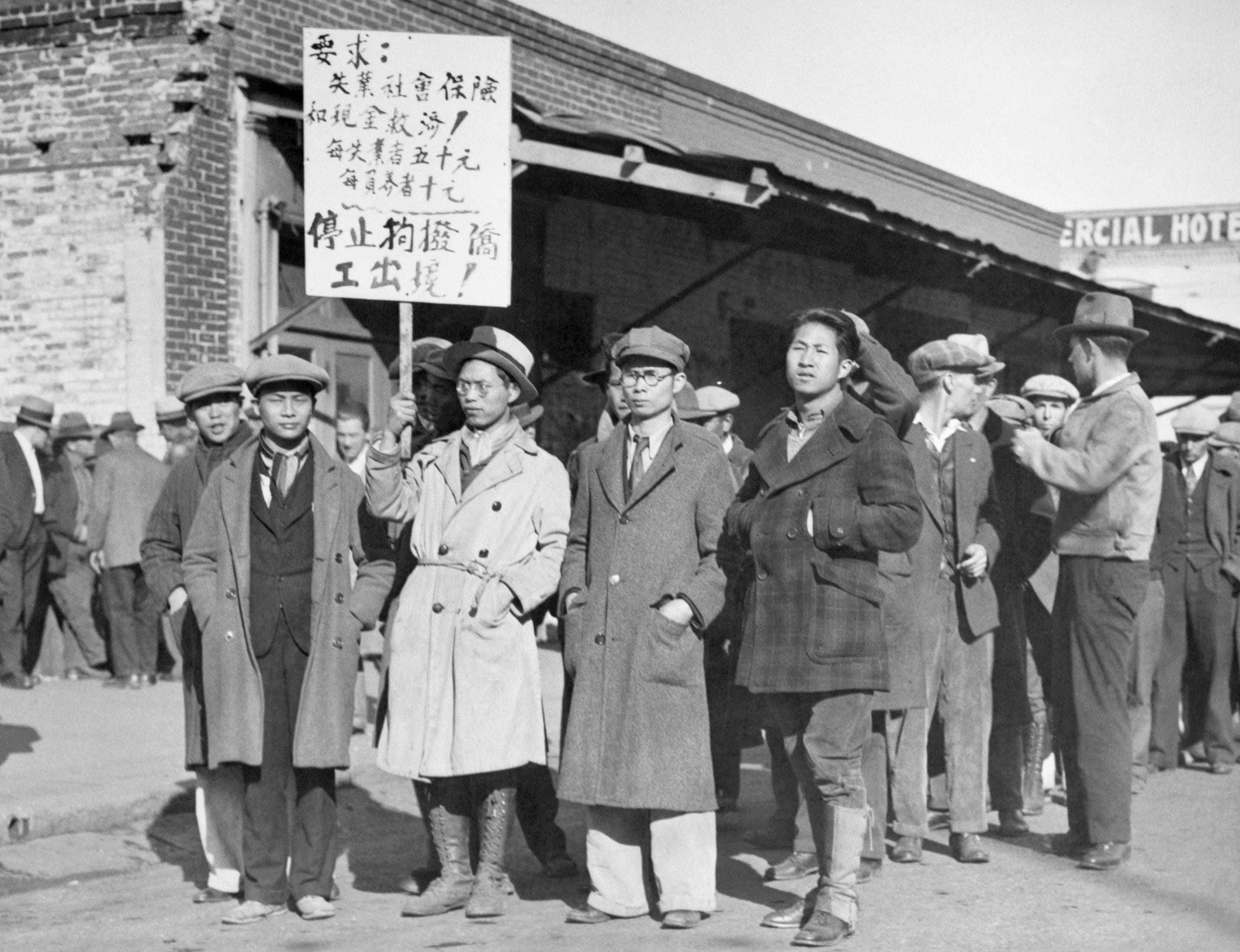
Asian Americans have the fastest growth rate of any major demographic in the U.S. today, and among them, Christianity is the largest religious group (42 percent). Asian Americans are changing the faces of Christianity in North America. How, then, was Asian America made, and what is Asian American about Asian American Christianity?
Find out more by reading the article Asian Americans and Christianity in North America
To define what it means to be Muslim is not easy. Internally, the questions of who is inside and who is outside the community is a fraught discourse, tied not only to questions of theology, but of power and politics.

Trace how the study of gender reveals trends in how religion and Islam are a part of public and political discourses specific to North American locations and concerns.
Find out more by reading the article North American Islam Beyond Male Centered Scholarship
Uncover the dynamics of the founding of early Muslim organizations as well as their histories and examine the trajectory of Islam in Black America.
How do religious ideas shape the ways that humans interact with the rest of the natural world? In particular, how has the history of religious ideas and actors in North America shaped human-human and human-earth relations?
In the connections among religion, nature, and disability, religions are called on to confront a number of moral and spiritual challenges.
Find out more by reading the article Religion, Nature, and Disability
The launch of the Library of Catholic Thought is also the launch of the third edition of the Jerome Biblical Commentary, the most significant Catholic commentary on the whole Bible in the English language. Its publication warmly endorsed by Pope Francis himself – digitally exclusive to Theology and Religion Online provides an up-to-date Catholic commentary on scripture with topical articles focusing on the Bible in the Life of the Church and offering diverse perspectives.
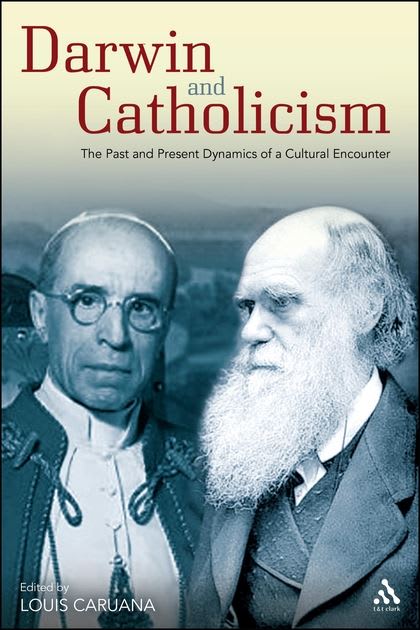
Throughout modern history scientists have grappled with reconciling the biblical account of creation with advances in scientific understanding. Beginning with Galileo and moving to the significant impact of Charles Darwin’s evolutionary theories Catholicism responded in dynamic ways looking at how evolution can be considered within Catholic thought.
Ecological concerns are at the forefront of many peoples’ minds, and have formed a major part of Pope Francis’ pontificate, as outlined in his encyclical Laudato Si. Pope Francis interacted with the latest scientific thinking in order to present his bold vision of theological interconnectedness that calls Catholics to action in the care of humanity’s ‘common home’.
The Library of Catholic Thought features a specially selected image exhibition gallery from the Metropolitan Museum of Art, which provides an overview of the history and visual culture of Roman Catholicism. The images focus on depictions of key figures and places in Catholic history, such as the Evangelist Saint Luke or Saint Bridget of Sweden, liturgical items, reliquaries and changing artistic depictions over time. You can explore this rich and diverse collection by browsing the image gallery or through our dedicated timeline.

Former member of the Pontifical Biblical Commission and Chair of the Oxford Theology Faculty, Dom Henry Wansbrough’s The Use and Abuse of the Bible offers a rich and sometimes problematic history of biblical interpretation from the use of the Old Testament by the New Testament writers to the role of the Bible in the Israel/Palestine conflict.
In modern times the relationship between Catholicism and world religions has become more important given the diverse nature of modern culture. Since the Second Vatican Council the Church has taken a more open stance on other religions, celebrating elements that these faiths have in common whilst also being mindful of their differences.
The impact of Jesus in western history has arguably been greater than that of any other human being who has ever lived. With the launch of the T&T Clark Jesus Library this month, find out about the historical figure of Jesus in his first-century milieu and about how that historical figure changed and morphed through time in art, film, and society.

The figure of Jesus was received in widely different ways in the ancient world. Before the earliest manuscripts available of the texts that made up the New Testament information about Jesus was spread through different means, orally, in letters and annals and even in graffiti as the famous Alexamenos Graffito shows. It was intended to mock Christians for worshipping someone who was crucified. Dating from the early 3rd century it may be the earliest surviving pictorial depiction of Jesus, and it shows him with the head of a donkey.

Monty Python’s landmark film The Life of Brian was the result of a remarkable amount of research on 1st century Judea and the political atmosphere at the time. George Brooke examines Brian as a ‘teacher of righteousness’ and an accidental figure of worship, asking the question of whether or not Jesus was a ‘Brian’.

Art historian and biblical scholar Katie Turner’s specially selected collection of images from the Metropolitan Museum of Art shows key images related to the study of Jesus and his impact in history, from archaeological finds from Jesus’ own time through to modern depictions of Jesus in art and devotional materials.
Exclusive articles throughout the resource focus on key topics. This one by Lynne Moss Bahr looks at Jesus in postmodern philosophy, and showing how many recent developments in New Testament studies can trace their origins in the interest of continental philosophers such as Alain Badiou, Giorgio Agamben, and Slavoj Žižek in early Christianity.

What was Jesus like as a child? The infancy gospel of Thomas confronts its readers with a very different Jesus – a child who sometimes kills and harms others for trifling faults. So why is Jesus portrayed as acting in such an 'unchristian' fashion? Robert Cousland focuses on three interconnected representations of Jesus in the text: Jesus as holy terror, as child, and as miracle-working saviour.
With the release of additional titles to the T&T Clark Theology Library in August this year, discover the works of some of the key theologians featured within this resource through eBook and uniquely commissioned article content.
Karl Barth, a Swiss Reformed theologian whose influence reached beyond the academic world to mainstream culture, has influenced numerous theologians, novelists and the very state of modern Christian Ethics. T&T Clark’s collection of Barth’s works spans six decades and covers the entire gamut of theological topics, including his magnum opus Church Dogmatics.
In his new introduction to Barth as a Protestant theologian, Dr Declan Kelly suggests that Barth possessed an ‘intense zeal for the integrity of Protestant theology’, and that he was compelled to carve out a new future for this tradition.
T&T Clark is home to most of the English translations of Jüngel’s works already made available. Dr R. David Nelson eloquently introduces Jüngel’s contributions to modern theology, describing him as ‘a theologian of exceptional gifts casting a breath taking vision of dogmatics as astonished and joyful reflection on the interruptive truth of the Christian gospel.’
Thomas F. Torrance’s development of dogmatic theology allows for an integration of all Christian doctrine, in such a way as to offer sensible and compelling explanations of the Christian faith. Professor Paul D. Molnar focuses on the significance of Torrance’s dogmatic theology, particularly his understanding of the Trinity, Creation, Incarnation and Atonement, with a view toward encouraging readers to study his theology themselves.
Colin Gunton to this day remains a highly influential and inspirational figure, who regarded the triune God- God as Father, Son and Holy Spirit – as making a genuine and actual difference to the world, and that every other doctrine or theology by necessity must treat God’s triune nature as determinative for them. Dr Terry J. Wright outlines each of the major books that Gunton either authored or edited and published with T&T Clark over several decades.
John Webster was one of the leading theologians of the 21st century, inspired by Eberhard Jüngel and Karl Barth and writing in the area of systematic, historical, and moral theology. Professor Michael Allen teaches us what it would mean to read John Webster well, by identifying three key elements of his own theological witness.